Myanmar in Transition
By Nikko Karki © 2013
Adorned with thousands of temples, nestled in the Mandalay region of northern Myanmar, Bagan’s arid landscape has been preserved as if in a time capsule for the past 1,000 years. After remaining closed to the outside world, Myanmar is now open for business, bolstering Bagan as its flagship tourist destination. The children growing up in Bagan will witness unprecedented changes in their local economy and social landscape in the upcoming years.
How will tourism development in Bagan mirror Myanmar as a whole?
Now that the floodgates are open to flocking tourist populations, how will the region and its people react to an infusion of social and economic influences?
Hasselblad 500c – Carl Zeiss 120mm f/4 – Kodak Portra film
Photographer’s note:
I went to Myanmar with an old film Hasselblad, a digital Canon DSLR and an open mind. I had heard warnings about the political past and chose to ignore the history as it’s clear the country is on the brink of a new era. During my trip, I felt a strong connection with the people who welcomed me with open arms. Traveling with only a small pack containing all my gear, I was free to roam around the countryside on foot, taking time to talk with people, observe and feel the strength and beauty of this incredible country. I’m so grateful to the people of Myanmar for this experience and hope to return again one day soon.

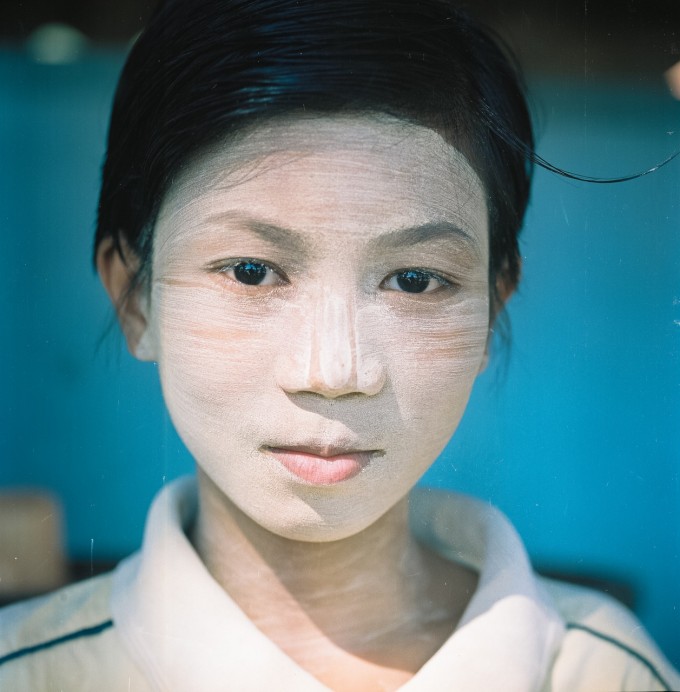
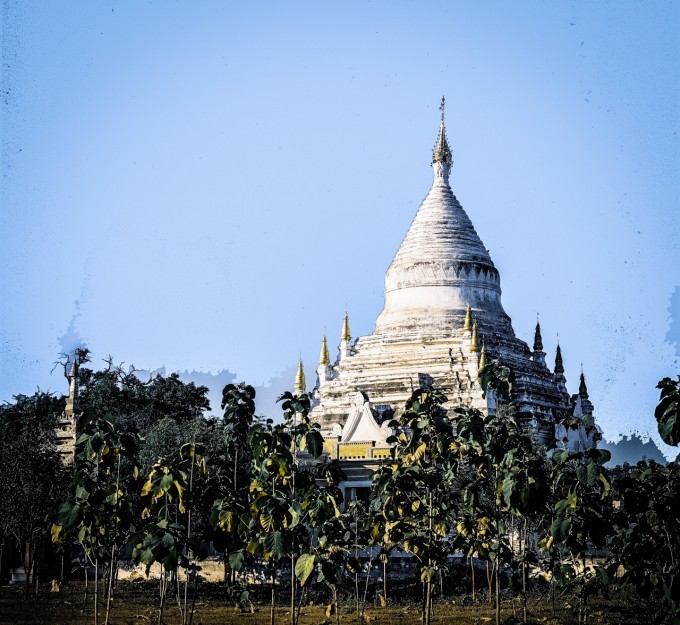
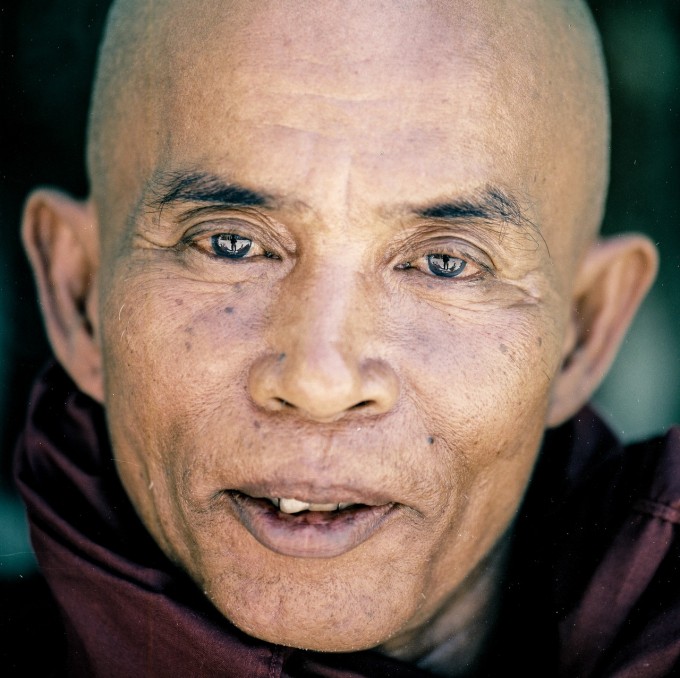
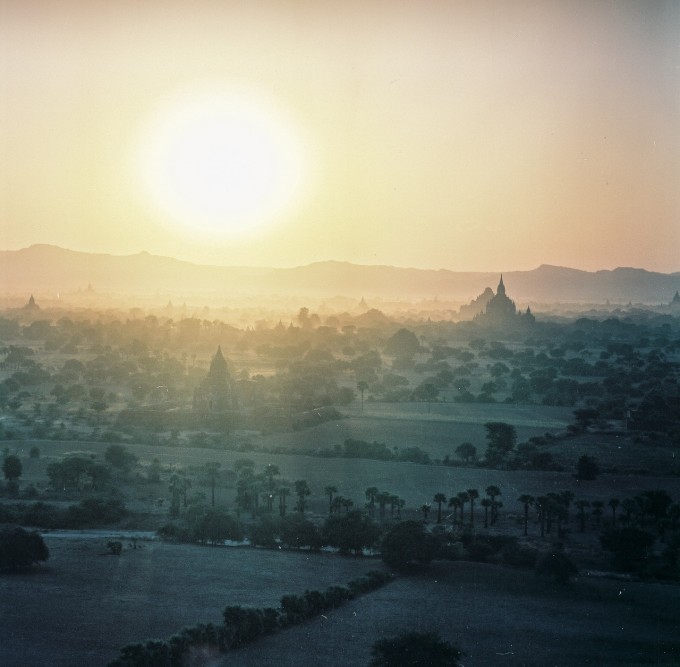
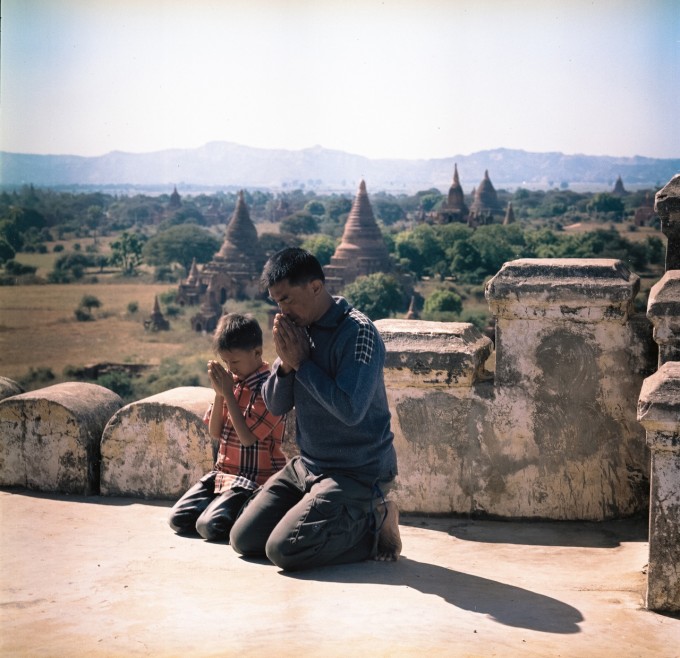
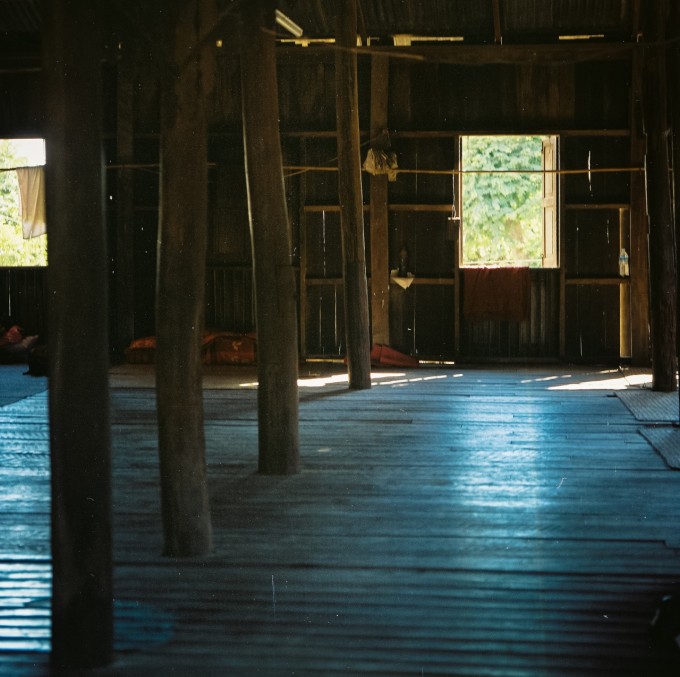
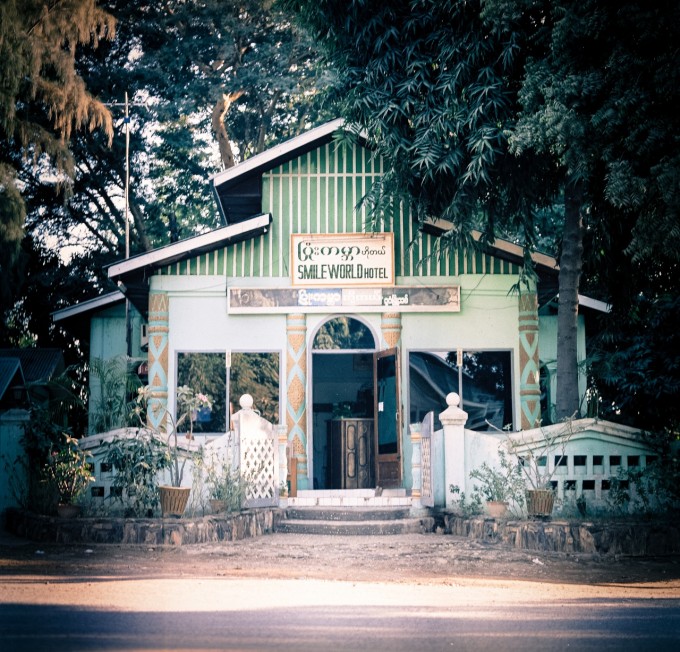
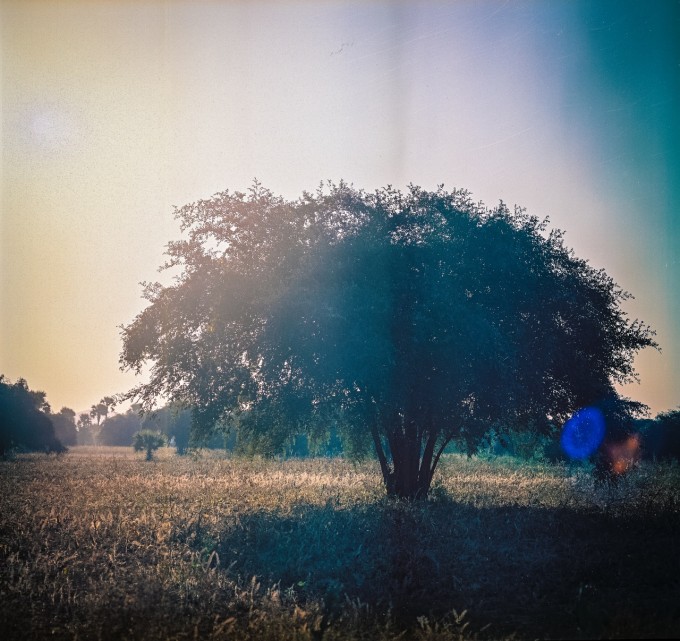
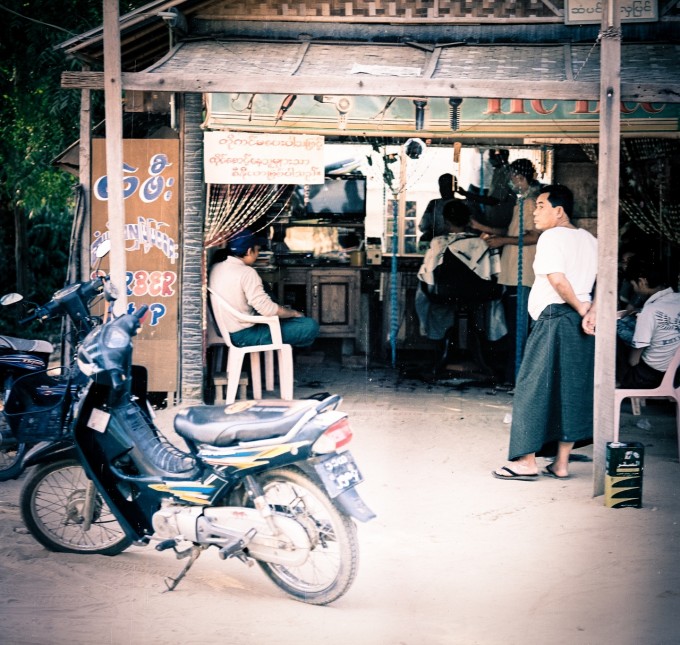
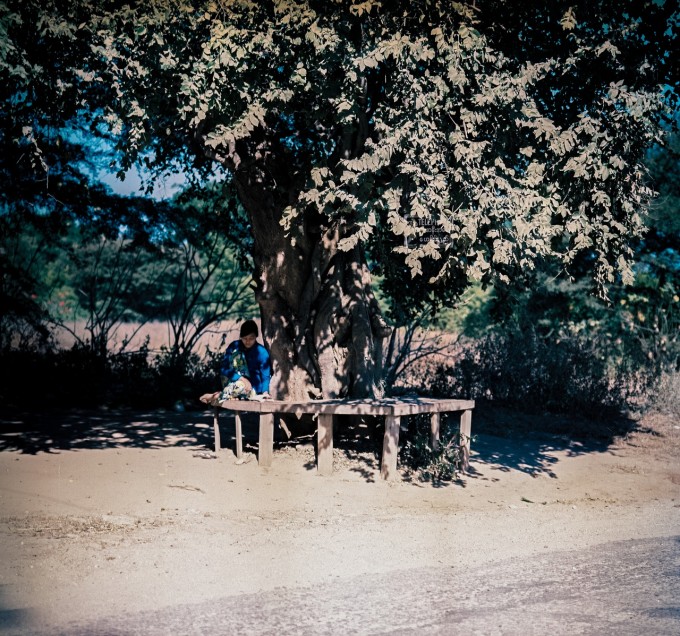
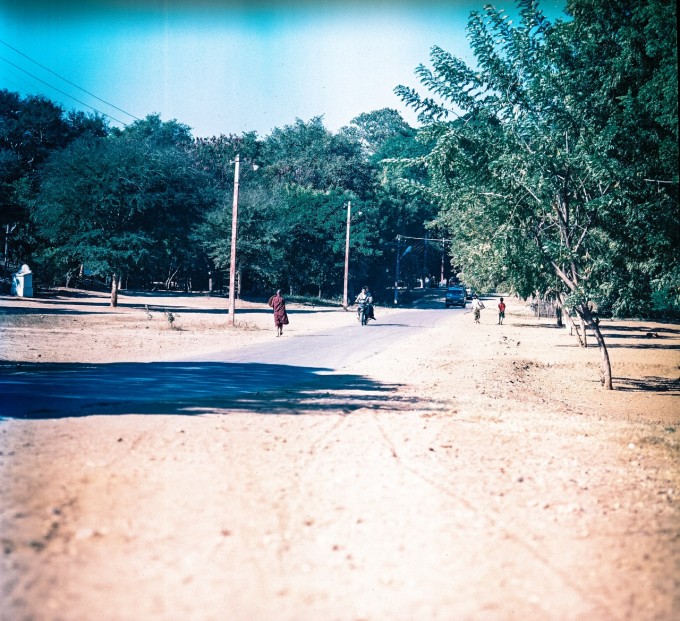
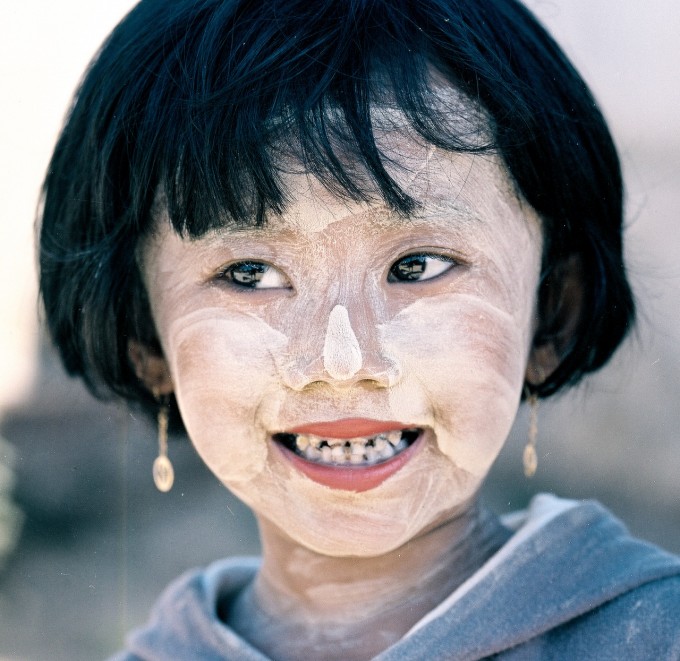
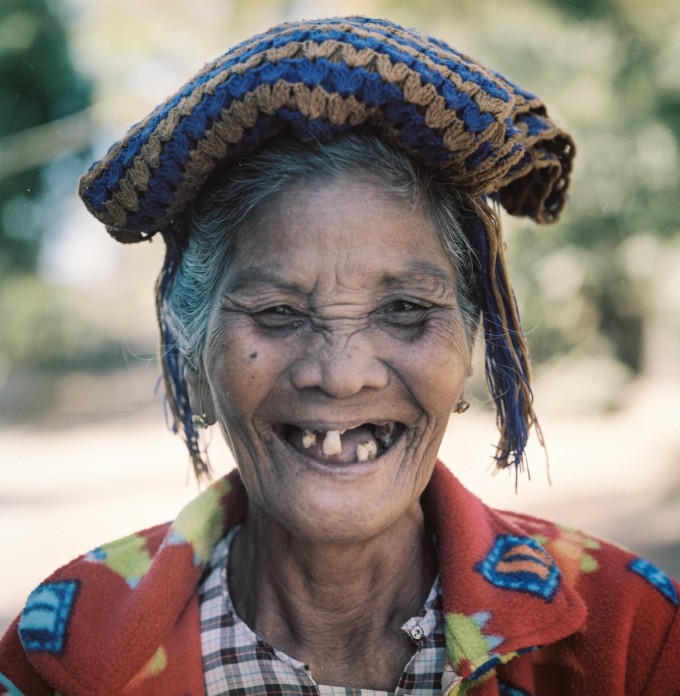
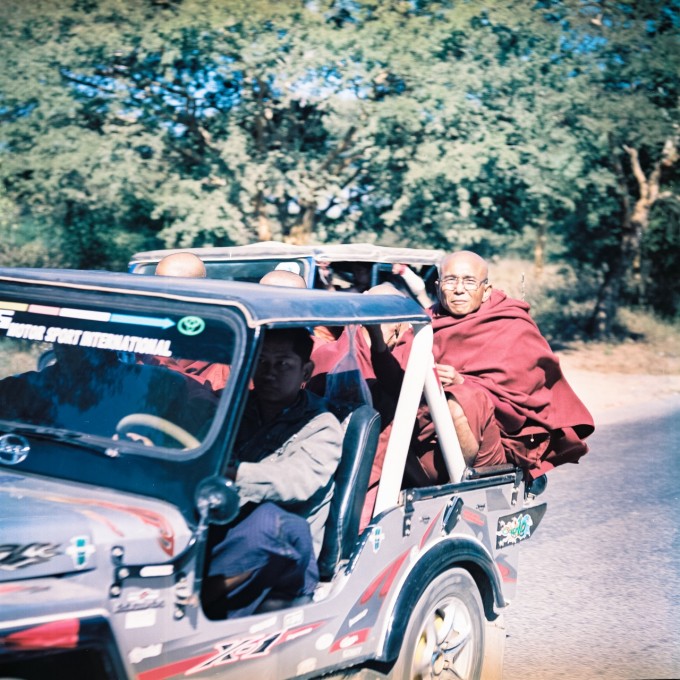
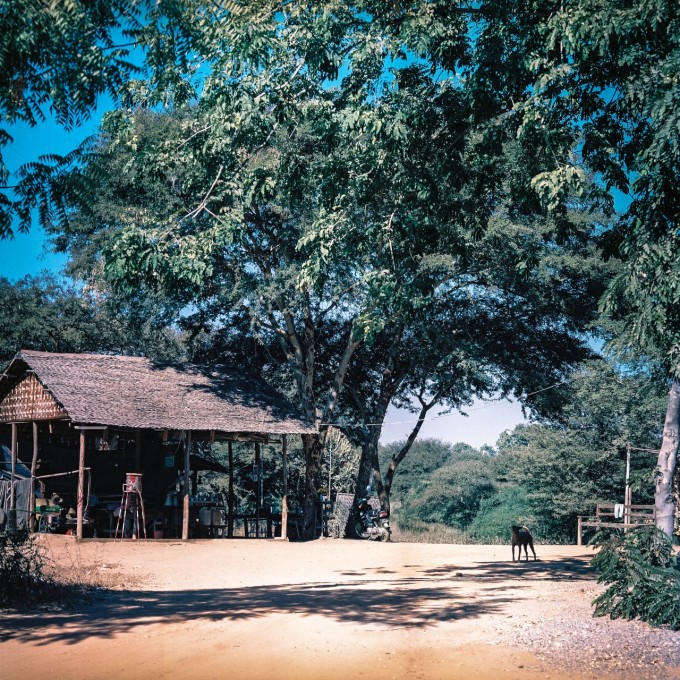
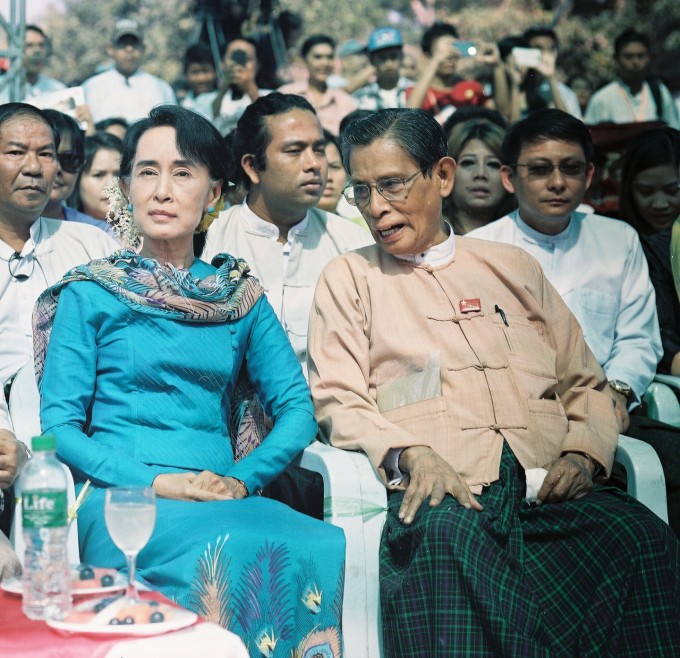


Wow some quality portraits there. #1st pic Thanaka is a yellowish-white cosmetic paste made from ground bark. It is a distinctive feature of Myanmar (formerly Burma) seen commonly applied to the face. I am sharing this.
Cheapest and exclusive hotel deals in Myanamar (Burma) with http://www.happyfootprints.com
Great photos, really awesome : composition, rendering, structure, colors, interest.
Professional work for gallery or photo magazin.
https://www.eyeem.com/u/saulaire
Amazing that from the “community” that will argue over the Pana 25 vs. Oly 25 microcontrast that nobody mentions the crapload of dust and other junk on the scans which could have been removed in post…is this “just because it’s film?”…
Bravo! This is stunning photography!
http://www.shapedbylight.com
Gorgeous portraits. Film, in my opinion, does have special qualities in the hands of someone knowing his art and craft. Then again, digital can produce lovely shorts as well. To each his own – I use both, as I am still in love with the 6×6 format. It works so well for portraits, too.
The “smile” hotel is for many reasons stunning and, indeed, brought a big smile on my face. Wonderful work.
You look having positive feedbacks. I’m really glad for you. I will have very different feelings.
1/ As I’m used to travel in Southeastern Asia, many of these scenes look very common to my eyes (apart of Mrs. ASSK portrait, which is not a “travel photography”).
2/ post-treatment: maybe this is THE hype of these days, but I’m really bored to see so many works adopting these effects and colors. it doesn’t bring anything to the purpose, on the contrary, it gives the impression that the photographer is not sure of the quality of his shots.
3/Technically speaking, some of those pics looks having shot by a beginner (just for example: lines of the landscapes).
4/ I don’t like portraits with blurry noses. Today, seek the shortest depth of field everytime looks becoming a contest.
5/ I can’t see any link between “transition”, this title meaning this country is changing, and this job.
Of course, these are only personal feelings, just a point of view. The most important is you get happy with your stuff and have enjoyed your trip.
Oh god, you sound such like a snooty man !
I don’t know who is snooty, but I wouldn’t dare to share a work with so many defects. Hasselblad or Casio camera, film or digital, $150 or $15000 equipment…that doesn’t make any difference to my eyes: when I look at a photography, I just try to discern if the photographer has a personal sensibility, an artistic approach and something to tell.
Nice pics!
I’ve been there last september, here’s my photographies too:
http://www.flickr.com/photos/giovannipascarella/sets/72157635912569855/
Same feeling of warmth from people, best trip of my life.
The first portrait is stunning.
Thanks Ondrej!
Beautiful work.
Thank you, Luis! 🙂
Could you please explain what these photos have to do with Myanmar in transition?
Do you also realise that in using the name Myanmar, you are using the Junta/militaty designation and not the name used by the people, which is BURMA?
Sure, Rob.
‘Myanmar in Transition’, is the title as I’ve taken shots here from a region (Bagan) poised to change due to recent political shifts. It’s explained more in depth in the opening paragraph above. Essentially, the people and places depicted above are set to experience a surge in tourism and thus transition from their current state. Against the backdrop of development, I think it’s interesting to consider how the delicate balance of a culture and people related to place can be changed by outside influences.
About the name Myanmar versus Burma, in my experience, people there use the names interchangeably and are not offended by the use of Myanmar. I went out of my way to research this issue so as not to make any mistakes and found that it was totally acceptable to use Myanmar.
Thanks for your reply. I still don’t see the relevance though. Your images, whatever their other qualities, do not show any of that future projected transition. That transition is, by your own definition, outside of your photographs, in a projected future. It is a concept you have imposed on a set of photographs where the content of the photographs does not reflect it.
It would be like me taking a picture of an old man and calling it death. When in fact the man is quite alive.
Whatever sadness and regret we may have at the impending possibility/certainty of change in Burma, that is quite outside of your actual photographs.
Hi Robert,
Yes, you’re right.
The qualities shown here represent a purity. How that will change will be for time to tell, and to a large extent, is up for interpretation.
I’m not interested in focusing on chaos or negative aspects of development. I prefer to focus on the positive and show the good I see in places and people.
The photos here serve as a springboard for contemplation, that is all.
We’ve all witnessed change. Perhaps I am taking it more for granted as here in Bali we have experienced surges of development over the past years, manifesting in the eradication of so much natural beauty we all make that mental jump quite naturally.
I feel the first portrait in the series of the almost gender neutral child shows a purity and hope. Juxtaposed against the current political shifts, I think the eyes show a quiet strength that will hopefully prevail. Alongside the rural landscapes, this is a starting point. Where it goes, is up to the viewer and time and one’s personal choice of how to interpret the photographs in relation to development.
The future is unknown. With this photo series I think I found some gorgeous aspects of what life is like now in northern Myanmar. Hopefully, the changes to come will bring upon positive development in the form of education and public health to the people.
On the outskirts of Bagan I was able to find some villages that had not yet been influenced by tourism. Getting lost, if you will, was where I found the most untouched landscapes.
Transition is broad concept. Definitely, in Myanmar, there is a transition in progress. From what, to what, I suppose, is largely up for discussion.
All the best,
Nikko
Some of the shots shown the “character” of medium format, others not, but they are all beautiful shots. Congrats!
The first portrait is just PERFECT! Love film.
Hasselblad + Portra film… clearly the best combo for me, i love it ! Great shots. I’m gonna buy a Zeiss 120 for my Hassy, you made me want it !!!
Thanks! Yeah, the 120mm makro is great for that close focusing distance. I would have liked to take the 150mm sonnar along as well, but decided to take only one lens on this trip to be light. I also agree about the Portra film. It just looks the best to my eye.
Yep, also thinking about adding 120 to my bag, Sonnar is sometimes just too long – but, isn’t it too sharp sometimes (that’s what I was told that’s why I decided to get 150 Sonnar instead)
Forget Porta, Fuji Velvia FTW ;P just kidding, seeing MF film images is always a treat, thanks!
I’m beginning to think that film will make a big comeback amongst many amateur photographers in the same way that vinyl is making a big comeback here in The UK for music lovers. The convenience and ease of digital is great in its place but does lack that emotional link that is clear in these images and in using a great manual camera like a nikon f3. In future, will people use digital compacts for everyday snapshots (ipod) and a film camera for their more considered photography (linn lp12)? Discuss…..
Most definitely there is a stronger link to a photo’s time and place with film than digital. A piece of film is an artifact linking the photo to the physical world it was taken in, that was there when the shutter was pressed. It’s also awesome to have a bag of film canisters after a shoot and not knowing how they turned out. It’s a little like Christmas morning for me every time I get film developed.
Couldn’t disagree more. Each to his own I suppose. I would never go back to film just to make life more difficult for myself… but to say digital lacks an emotional link is just nonsense. It’s the photographer, not the camera, remember 😉
TBH I doubt very much that film will make that much of a comeback. I can appreciate that people like it for the mechanical process and the joy of seeing the results. But IMO film sucks. So for me it’s a niche product for people that like all the messing about that it entails. And don’t mind paying for it (another downside of film…;-)
Any of the greats of photography would all be using digital if they were alive now.
Haven’t photographers almost always used whatever was the class leading technology of the day?
And yes, vinyl records have ‘soared’ in sales. But still only make up a tiny % of music sales. Does vinyl still come with all that snap, crackle and pop?
“film sucks” is a preposterous thing to say in the light of the images presented in this article. In the hands of a talented photographer, film wins every time in my opinion. Making life easy for oneself does not produce better art. Digital is great because it has made us all look like talented photographers, even if we are not. Vinyl, when properly looked after by a music lover who knows what they are doing, has no crackle or pop whatsoever. Perhaps you just didn’t know what you were doing and settled for the mediocre; after all, it’s easier isn’t it. Wouldn’t you rather enjoy the best at the cost of a little inconvenience, i think it’s worth it in this day and age.
As a commercial photographer with about 30 years’ experience, in my opinion, there is indeed a “Quality” that the film medium possesses that even high-resolution digital cannot quite “capture”! Master Ansel Adams’ timeless black and white work is but one example. His work demonstrates the virtuoso he was, using nothing but large format sheet film, view cameras, and exemplary darkroom technique, to create photographic masterpieces. Sure, a Leaf Aptus Phase One digital back can record 80 megapixels of data. However, unless one truly knows how to process that data, the resulting “print” would be a highly detailed snapshot, rather than a photographic masterpiece. So, yes, in the right hands, there still is a place for film in this digital world! Digital just makes the whole process easier, faster, more accessible to the masses, but we still must have “Vision”.
Just to clarify… My original comment was to Mark, rather than in response to Nikko’s comment.
Film cameras produce no more ‘art’ than do digital. I only have to look back at all the old family photos to realise that. Your suggestion that somehow photographs made via film are superior is preposterous. They are not, they are just different. If you prefer them then that’s your opinion. My comment about film sucks was that as a convenient way of producing images it compares badly to digital. It’s slow and expensive by comparison. That’s why I would never go back. And making life more difficult does not produce better art.
If you wish to spend time developing and printing photos then that’s cool. As means of producing images it can be very rewarding compared to the instant delights offered by digital. Like the difference between driving an old Ferrari or a new one. But with photography the end result can be just as crap as something digital, and vice versa. Film is a piece of technology used to make images. Just because something is easier doesn’t necessarily make it better (or worse), it’s just easier. To suggest that ‘Digital is great because it has made us all look like talented photographers, even if we are not’… really? Are you so shallow? Equating speed and convenience as somehow incompatible with creativity and quality seems a strange view to take.. Taking Ferrari again… they don’t actually make all the cars by hand like they did in ‘the old days’. Why? because technology has moved on.
Back to photographs again, I see plenty of great digital images and equally plenty of crap. Just as before digital there were plenty if crap images made with film, as well as the delights of the aforementioned Adams, Cartier Bresson, etc.
I’m pretty sure if Adams were alive now he’s be a dab hand with a Phase One camera, Lightroom and Photoshop.
In his time his classic images would have been no more than large snapshots if done by by a lesser artist.
So, to clarify… Film is not better, it’s just different. Anyone who says otherwise is a hipster. It’s like saying oil paint produces better paintings than acrylic paint. Nonsense really.
nostalgia with these colors. thanks!
1st and last images excellent. The first is of National Geographic quality (ignoring the film dust). The last although a mundane composition and fairly unremarkable in other ways is however a striking capture of the sheer determination, focus, composuer and beauty of Aung San Suu Kyi.
Interesting images! BTW, just curious if this film was hand or machine-processed. The slight uneven density of the sky in the 11th image may have been caused by agitation or bleach/fix issues. Thanks, Steve
Hi Steve. Yes, the film was machine processed here in Denpasar at an old lab. It’s not the most reliable, but they’re fast and cheap and well, that’s all I have around here, unless I go to Bangkok, where I have found a professional lab.
Excellent portrait work, Nikko.
Thanks, James.
Wow…they are some great images.
Thanks very much for the feedback. I would have definitely liked to get a closer shot of Madam Aung San Suu Kyi (or have a longer lens) but given the circumstances it wouldn’t have been appropriate. Sometimes you just have to go for it, but in this instance, this was the best framing I could manage.
Very strong portraits.
Great photos! I see in the last photo that you could approach Aung San Suu Kyi! Could you talk to her? How was the experience?
Hi Oriol,
Yes, it was very fortunate that during my visit the National League for Democracy (NLD) party was holding a benefit for education, at which Madam Aung San Suu Kyi would be speaking.
It was very hot and crowded, somewhat disorganized, but very peaceful. It was certainly exciting to be at the benefit and see the people who had gathered to hear the speech.
Prior to her arrival, the buzz was like at a rock concert. When she arrived, her supporters bound their hands together forming a human barricade, through which she walked to her seat. The love and adoration the people in Myanmar feel for her is unlike anything I have seen.
Her speech was a pleasure to hear, although I did not understand the words, I had a friend translate parts of it. Mainly the intonation of the words and firm, motherly tone she took left the strongest impression.
I was able to approach her and asked politely if, Madam, I may take your photo to which she nodded. I did not want to disturb her any more than that.
Certainly, it was a day I will remember forever.
-NK
I went 4 years ago, beautiful place.
my pics:
http://www.maikid.com/home/2010/04/11/myanmar/
Very cool photos, Maikid. Really brings a feeling of completeness of the place through your photos.
Maikid, I love the flow
in your photos’s.
terrific! – for multiple reasons and areas of interest.